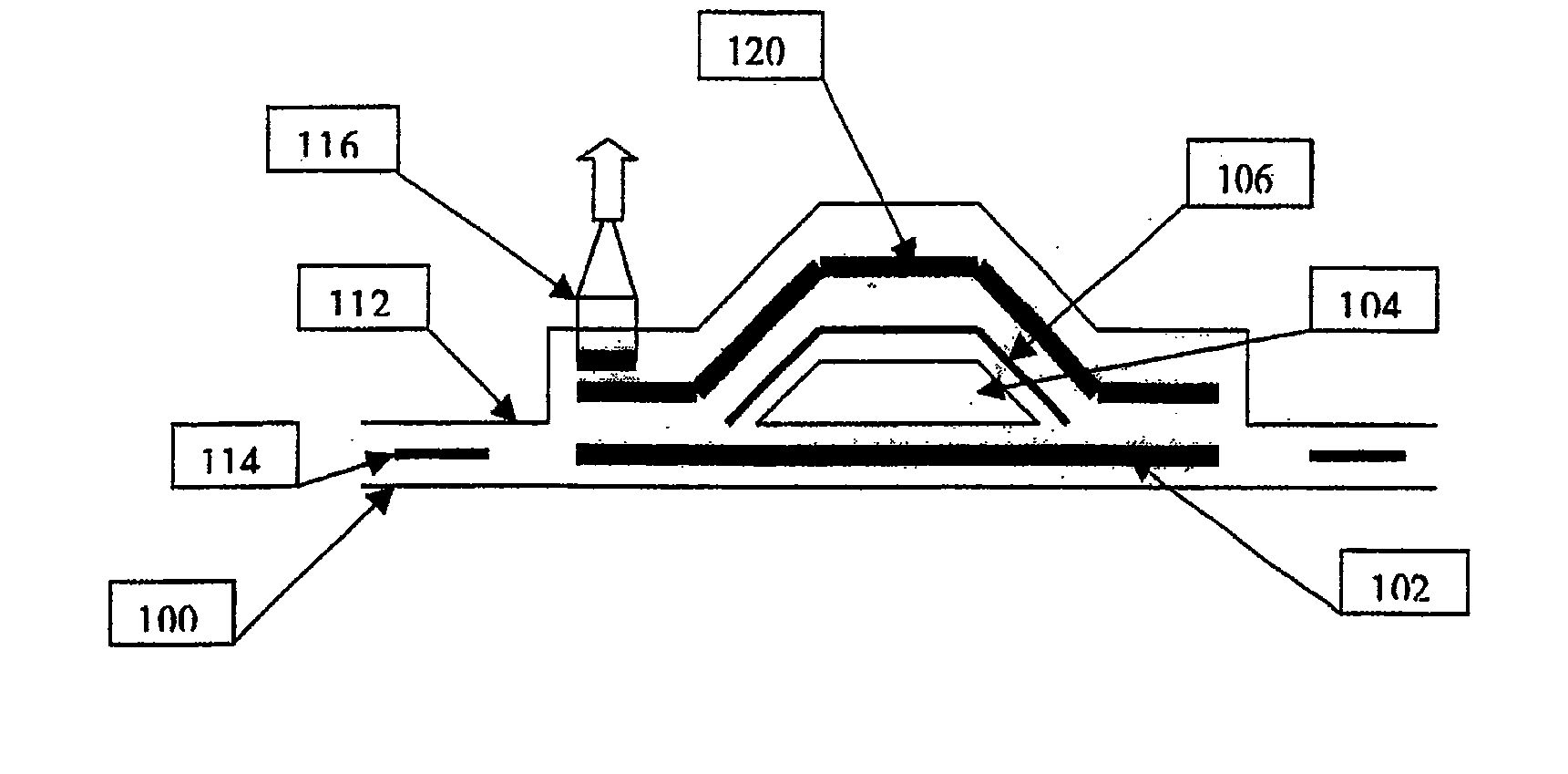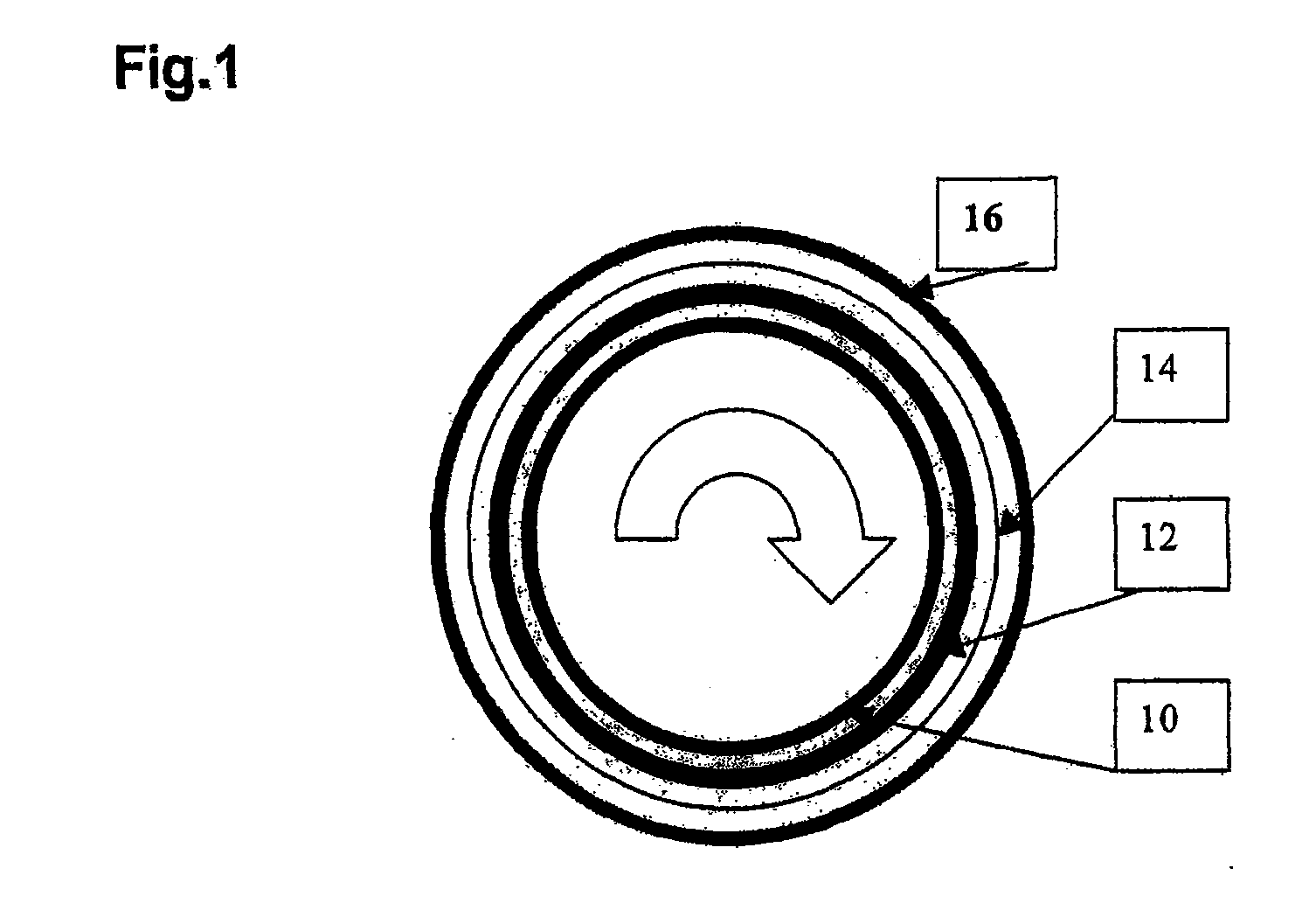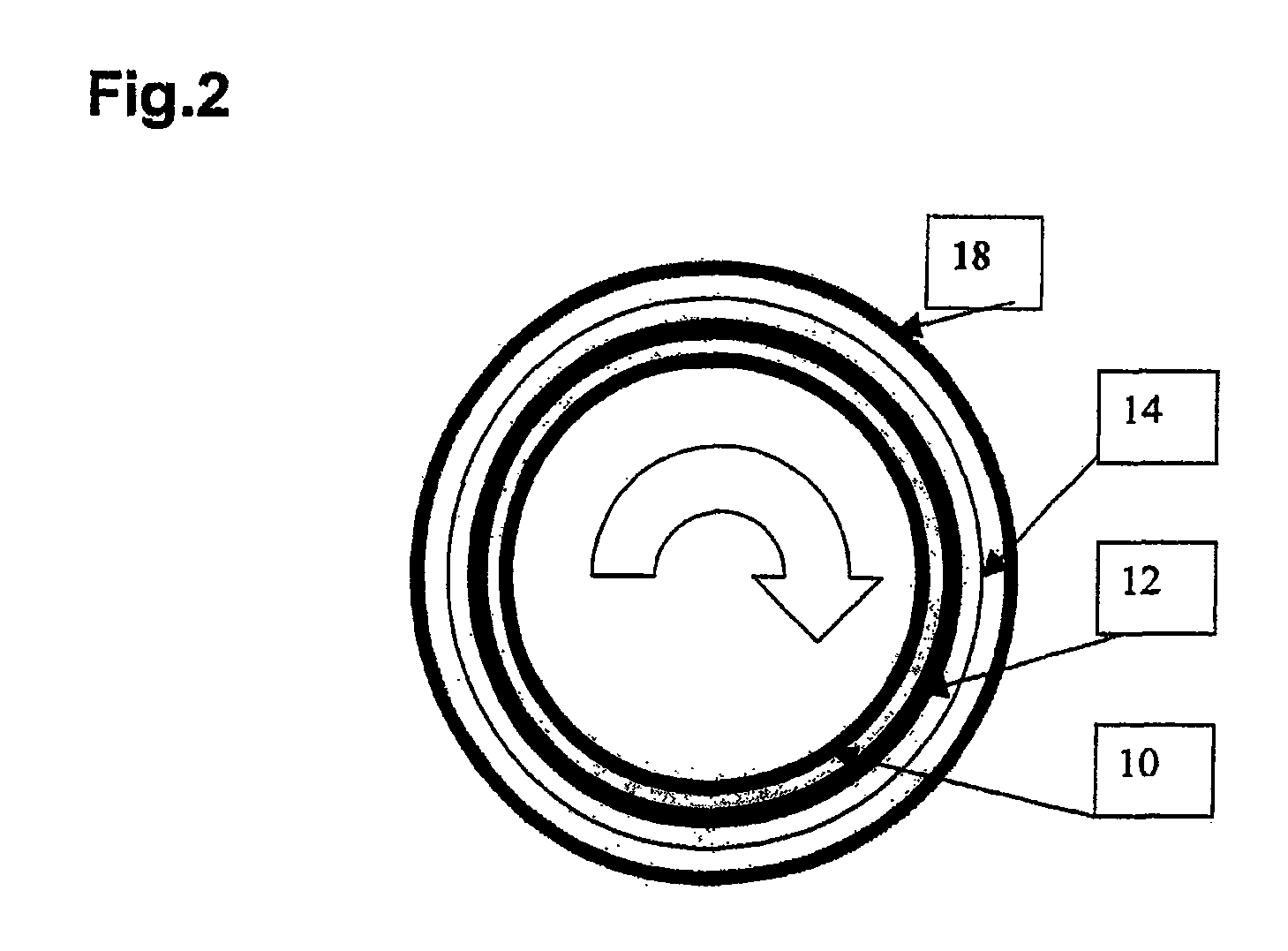Nonwoven and Method for Producing Fiberglass-Reinfroced or Carbon Fiber-Reinforced Synthetic Materials
a technology of carbon fiber reinforced synthetic materials and nonwovens, applied in the field of mats, can solve the problems of contaminating the vicinity, affecting the quality of fiberglass reinforced synthetic materials, and affecting the quality of fiberglass reinforced synthetic materials, and achieve the effects of small pore size, easy separation from the peel-ply of the drum, and small pore siz
- Summary
- Abstract
- Description
- Claims
- Application Information
AI Technical Summary
Benefits of technology
Problems solved by technology
Method used
Image
Examples
Embodiment Construction
[0021] A centrifugal process is shown schematically in FIG. 2 which substantially corresponds to that already described in accordance with FIG. 1. Here, however, a layer consisting of a mat 18 is provided instead of the outer layer of polyamide fabric 16 as is used in accordance with the prior art in accordance with FIG. 1. The layer 18 consists of a mat which has been manufactured from thermally bonded plastic fibers, with at least one side of the mat having a solidified surface with a pore size which is smaller than the pore size of the remaining mat. This solidified surface permits a particularly favorable interface property with respect to the first peel-ply 14 which, as such, is liquid permeable and gas permeable. Due to the correspondingly set pore size, the resin is thus here held back in the laminate 12, on the one hand, and some is absorbed into the mat and stored there, on the other hand. On the other hand, due to the solidified surface with a small pore size, a removal of...
PUM
| Property | Measurement | Unit |
|---|---|---|
| thickness | aaaaa | aaaaa |
| thickness | aaaaa | aaaaa |
| permeable | aaaaa | aaaaa |
Abstract
Description
Claims
Application Information
 Login to View More
Login to View More - R&D
- Intellectual Property
- Life Sciences
- Materials
- Tech Scout
- Unparalleled Data Quality
- Higher Quality Content
- 60% Fewer Hallucinations
Browse by: Latest US Patents, China's latest patents, Technical Efficacy Thesaurus, Application Domain, Technology Topic, Popular Technical Reports.
© 2025 PatSnap. All rights reserved.Legal|Privacy policy|Modern Slavery Act Transparency Statement|Sitemap|About US| Contact US: help@patsnap.com



